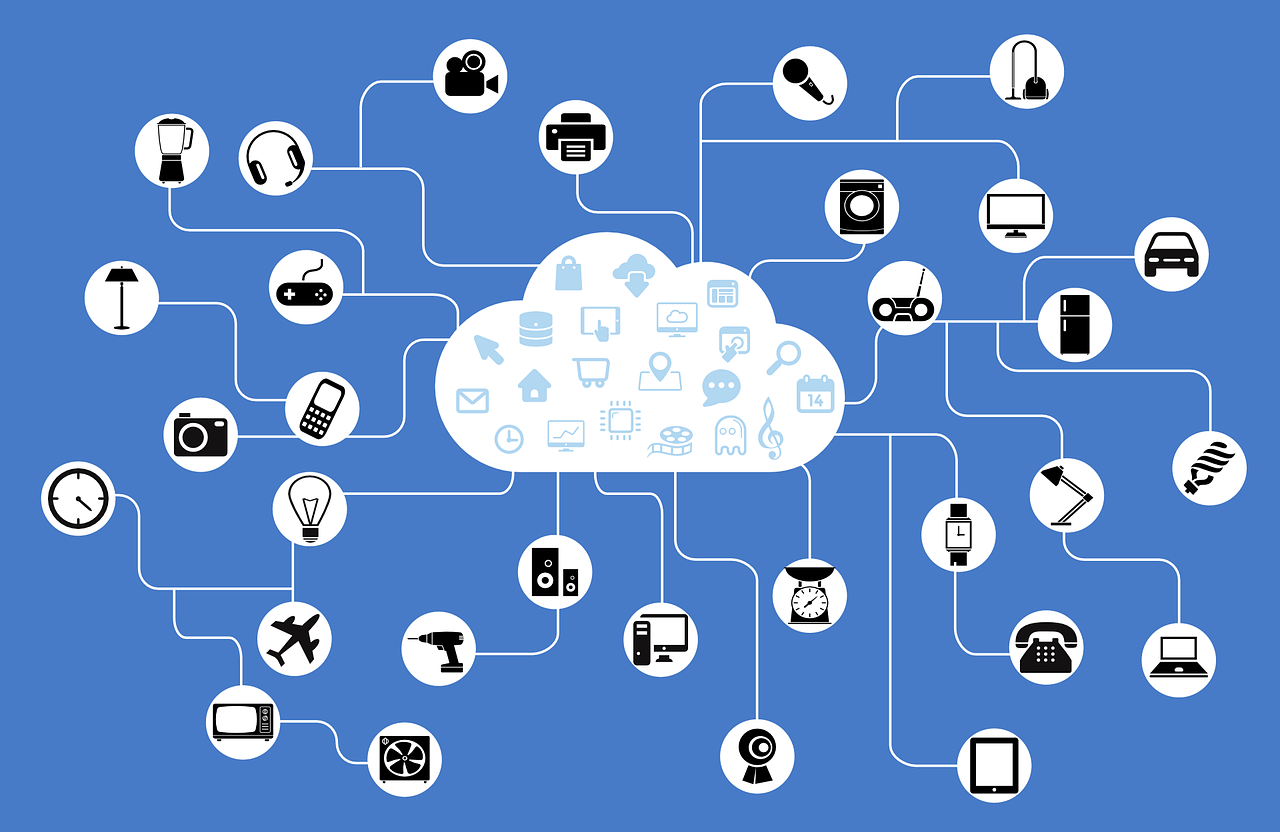
In this article we’ll cover what cloud networking is, how it’s different than cloud computing and what the advantages of cloud networking are. Let’s begin with a definition.
Cloud networking refers to networking services that exist in the cloud. That can include any of the following: network management software, virtual firewalls, bandwidth management software and virtual routers. There are several advantages of cloud networking:
- Cost savings as it can reduce the need to purchase physical equipment
- Connectivity benefits as cloud networks can easily interface and integrate with cloud computing services
- Easy replication since cloud networks are virtual, they are more easily replicated then a physical network
Cloud networking is not an all or nothing service as it’s possible to combine virtual networking services with on-premise services. For example, a cloud network firewall can secure the network while traffic continues to run though physical, localized routers. Some companies may benefit from a network in the cloud while others may want to create a hybrid, especially those companies with large existing networks that don’t want the expense of recreating a new service in the cloud.
Cloud Computing vs. Cloud Networking
A common confusion exists around the difference between cloud computing and cloud networking. Here’s a quick explanation: cloud networking is a specialized branch of cloud computing. The two services have a similar role which is to reduce local workloads by moving them to the cloud. With cloud networking a company can create virtual network services like firewalls and routers.
Cloud computing on the other hand is the utilization of virtual resources to process computing instances. For example, large companies like Netflix and PayPal use cloud resources to power their apps, instead of localized hardware. Cloud computing can also include cloud storage which is typically cheaper and more reliable than localized storage. Cloud networking, cloud computing, and cloud storage all complement each other and can provide significant advantages to companies willing to move their systems to the cloud.
Cloud Enabled Vs. Cloud Based
A cloud enabled network indicates a network that is “supplemented” by the cloud but does not exist solely online. For example, a company may have a local network that handles routing, data transfer, and packet forwarding. However, they can manage that network with cloud tools like cloud network monitoring, cloud network maintenance, and cloud-based firewalls.
An example of a cloud network-based firewall could be a Web Application Firewall (WAF). A WAF is a firewall that scans internet traffic to look for and neutralize threats. A WAF can be locally based as a physical device, or it can exist virtually in a cloud network. Each choice has its own benefits and drawbacks and the best solution will depend on a company’s needs. Speaking of benefits, let’s look at some of the advantages that cloud networking can offer.
Advantages
The following are some of the most important advantages of using cloud networking.
1. Speed
Cloud networks can deliver micro-second latency throughout the network, ensuring quick speeds.
2. Set Up
Since cloud networks are not restricted by specific hardware, they’re also much quicker to scale as a company’s demands grow. Set up is also cheaper as a cloud network doesn’t require the upfront purchase of expensive networking equipment.
Another advantage is scalability. If a company needs to increase or decrease the size of its network it’s fairly easy to do so with cloud networking. With a local network that same capacity reduction could mean thousands or tens of thousands of dollars’ worth of expensive networking hardware ending up going unused. Cloud networking is much more flexible for both expansion and shrinkage.
3. Reliability
Cloud networks tend to be more reliable than local networks as cloud networks often have built in redundancy. If a virtual router fails, traffic can easily be rerouted and this process can happen automatically, especially with a self-healing system.
If a physical router fails it will need to be replaced by a technician. That might be fine if it happens at 10 in the morning on a Wednesday but it can be more troublesome if it happens at 11pm on a 4th of July weekend. Cloud networks are more reliable and easier to maintain.
Public vs. Private Cloud
It could be helpful to explain two other terms that often come up when speaking about cloud networking. A public cloud is one that is hosted by a public company. For example, AWS, Google Cloud Platform, and Microsoft Azure are public cloud platforms. The advantage of public cloud is that it’s easy to set up, relatively inexpensive, and can be dynamically scaled up or down depending on a company’s needs.
A private cloud is one that a company sets up itself. A company buys its own hardware, sets up the network and runs the entire system. The advantage is ultimate flexibility and increased security as the company can directly control who has access to data. Whether a company uses a public or private cloud, a cloud network can connect cloud infrastructure to local infrastructure.
Cloud Networking Going Forward
Cloud networks can be very beneficial when used correctly. They can reduce costs as they’re cheaper to set up than a local network, and they can reduce downtime as cloud networks can “heal” themselves if something goes wrong. They’re also easier to scale as a company and its network demands change. Cloud networks can also work in unison with local networks, so that a company can pick and choose which cloud network features they’d like to integrate. Cloud networking in combination with cloud computing represents a big step toward increased digital efficiency.
Blog Post Cards
Keep In Touch With Vandis
Stay up-to-date on the latest in cyber security, networking and connectivity, and cloud solutions
